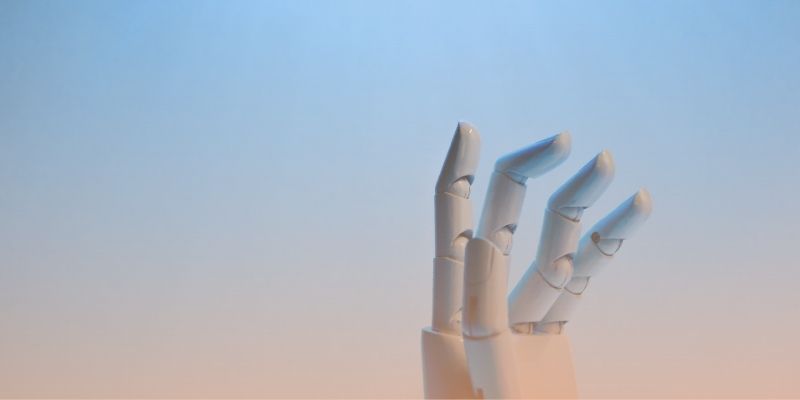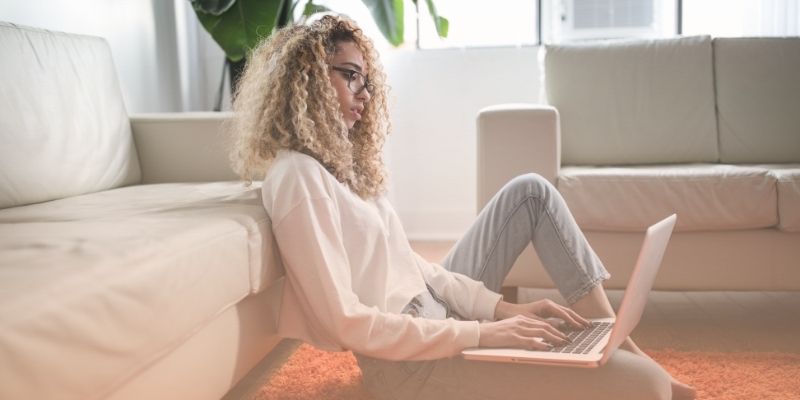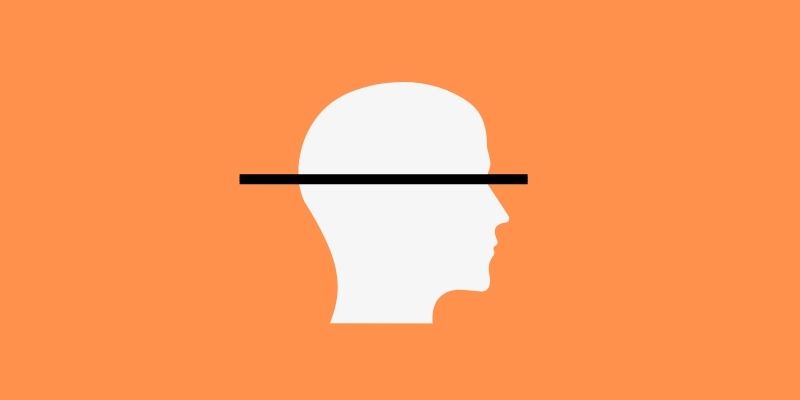Ahh, the rise of Artificial intelligence or AI, quite a hot topic these days, eh?
AI seems to be making its presence felt in most lines of work including product design. While some designers embrace the technology, others are panicking about the implications of AI for their profession. In this post, we will explore the rise of AI, implications of AI in product design and how designers can use AI technology to their advantage instead.

THE RISE OF AI
AI and machine learning applications have been around in your life in different forms for longer than you think.
Think of the last time you searched for and ordered something on Amazon. On your next amazon visit, do you remember Amazon suggesting products similar to the one you ordered?
Or the time when you played that new Taylor Swift music video on YouTube. Chances are that YouTube then proceeded to recommend other Taylor Swift songs to you, or even other similar artists.
The list is endless.

So if AI and its applications have been commonplace in our lives, why the sudden interest in AI now?
Well, up until a couple years ago, AI was used by companies to do various things but it was not really available to end users like you and I. We reaped the benefits of it in terms of personalized suggestions, etc but we were not able to harness its power to create anything. And that changed last year.
With the launch of chatgpt, Dall-E, midjourney etc, the power to use AI to create is now democratized. Users can now create an account on these platforms and use simple text-based prompts to create documents, images, etc. If you think of it, the opportunities for this are endless. It is quite revolutionary. And quite scary and discomforting in many ways.
And this is why AI is so hot right now.
why designers are panicking about AI
As mentioned above, we are currently in the wild west as far as AI is concerned. The main players are still being established, and their offerings are rough around the edges at best.
Yet, it brings with it a great promise: To revolutionize the way you are used to doing things. And this is why people are panicking.
To be fair, this is not the first time that technology has threatened to replace people. Millions of jobs have been replaced by automation systems and robots in the past. The key difference being, those jobs were mostly blue-collar repetitive factory jobs.

This wave of potential job loss is set to affect a whole different segment of the workforce who never had to deal with this before: white collar professionals. The rise of generative AI tools is set to change the job market quite a bit and designers are not excluded. Here are a few reasons why some designers are quaking in their boots
Potential Loss of Income
With AI-powered tools becoming more advanced, some designers worry that their jobs will become obsolete. This fear is not unfounded, as AI-powered design tools can automate many design tasks that were previously done by humans. For example, AI can be used to generate logos, layouts, and even entire websites without human input.
Creativity will be affected
Another concern is the fear that AI will homogenize design. Some designers worry that the use of AI-powered design tools will lead to a lack of diversity in design, as the tools are programmed to follow certain patterns and trends. This could result in a world where all designs look the same, with little room for creativity and innovation. If you have used the current crop of tools, you will understand this better.

The ethics of it all
Many designers are concerned about the ethical implications of AI in design. There are concerns about issues such as data privacy, bias, and accountability. For example, if an AI-powered design tool generates a logo that is offensive or discriminatory, who is responsible for the design?
Plagiarism
Another concern is the fear that AI will homogenize design. Some designers worry that the use of AI-powered design tools will lead to a lack of diversity in design, as the tools are programmed to follow certain patterns and trends. This could result in a world where all designs look the same, with little room for creativity and innovation. If you have used the current crop of tools, you will understand this better.

so... What does all this mean for product design?
With all that out of the way, let’s get down to business. It looks like AI is here to stay and as these tools keep getting better, some jobs will be lost and others will be created.
I feel that in order to become a successful designer in the future, you would need to understand how these tools work, the benefits that can be had from them and how to successfully use them to make your work more efficient. Here are some ways on how to do it.
Enhancing Creativity
AI tools can help designers enhance their creativity by offering suggestions and ideas that they might not have thought of otherwise. For example, ChatGPT is an AI-powered chatbot that can generate ideas and suggest design solutions based on the input provided by the designer. This can help designers break out of their creative rut and come up with fresh ideas that they might not have considered otherwise. As mentioned, the ideas may not be fresh, but rather “fresh-to-you”
Streamlining Collaboration
Collaboration is an essential part of the design process, but it can be challenging when team members are working remotely or across different time zones. AI-powered tools like midjourney can help streamline collaboration by providing a centralized platform for sharing ideas, feedback, and design assets. Midjourney also uses AI to track the progress of each project and identify any roadblocks or bottlenecks in the design process, making it easier to identify and resolve issues before they become significant problems.
Improving Efficiency
Designers are often under tight deadlines and need to work quickly and efficiently to meet their goals. AI tools can help improve efficiency by automating repetitive tasks and reducing the time and effort required to complete them. For example, they can generate design briefs and copywriting, giving designers a base to work off of. Ofcourse, the outputs from these tools will still need to be edited and proofread before they are usable.

Improving Accuracy
AI-powered tools can help improve the accuracy of designs by analyzing data and identifying patterns and trends that might be missed by human designers. This can help designers make more informed decisions and create designs that are more likely to be successful in the market. For example, they can possibly be used to track user behavior and analyze user feedback, helping designers make data-driven decisions about their designs.
Customizing Designs
AI tools can be used to customize designs to meet the specific needs of individual users or customer segments. For example, an LLM could be used to generate personalized design recommendations based on a user’s preferences and past behavior. This can help designers create more relevant and engaging designs that are tailored to the needs of their target audience.
Reducing Bias

One of the most significant challenges in design is the risk of bias. As humans, we have various types of biases that we have to deal with. AI tools do not have this problem. They can help reduce bias by analyzing data and identifying patterns that might not be immediately apparent to human designers. This can help designers create more inclusive and accessible designs that are free from bias.
Enhancing User Experience
AI-powered tools can help enhance the user experience by providing personalized recommendations and creating more intuitive and user-friendly designs. An example would be the use of a chatbot to help users navigate complex interfaces and find the information they need more quickly and easily. This can help improve the overall user experience and increase user satisfaction.
what's the verdict?
AI has the power to revolutionize the design process, making it faster, more efficient, and more effective. The modern designer will need to understand how AI technology works and leverage it to come up on top.

AI is just a tool and the human designer should always have the final say in the design decisions. AI can be used to provide suggestions and insights but the designer should use their knowledge and expertise to evaluate and incorporate those suggestions into the design.
Just like any technology in the past that has threatened to “eliminate the human” and then failed to do so for the most part, I think there is a place for AI tools for sure but that’s just it: they are tools, you are human and at least today, there is still a difference between the two.
